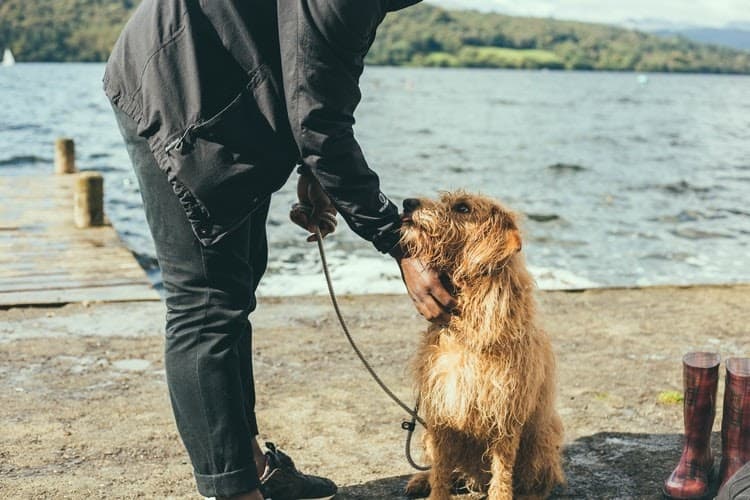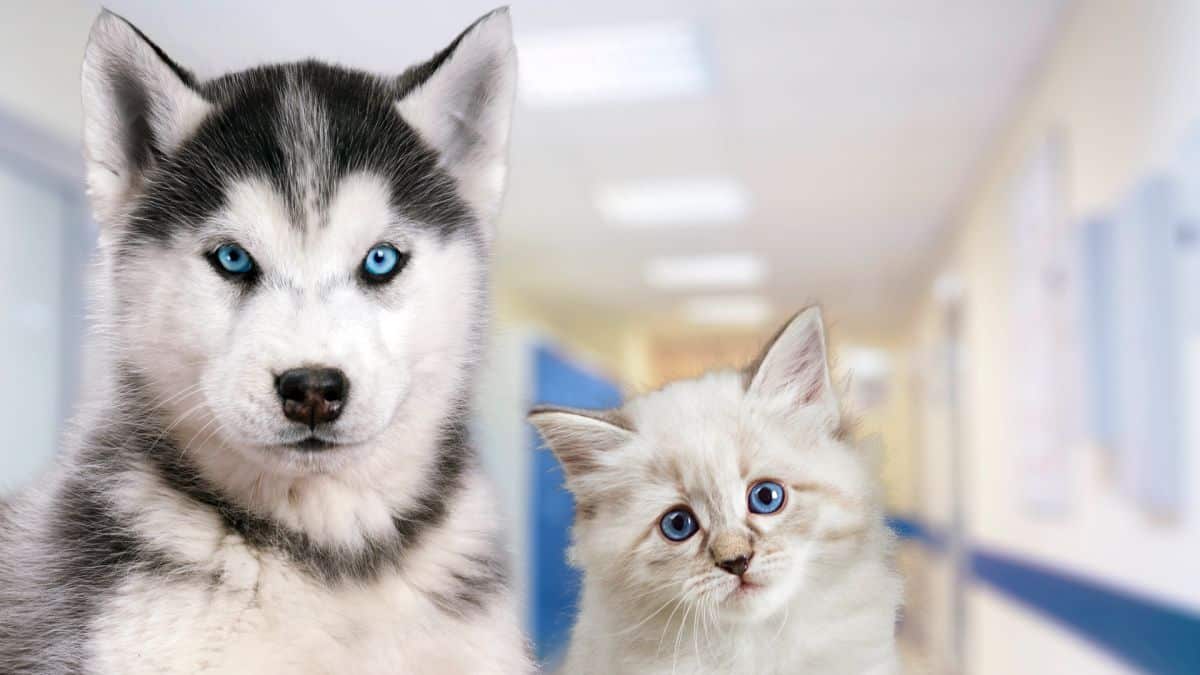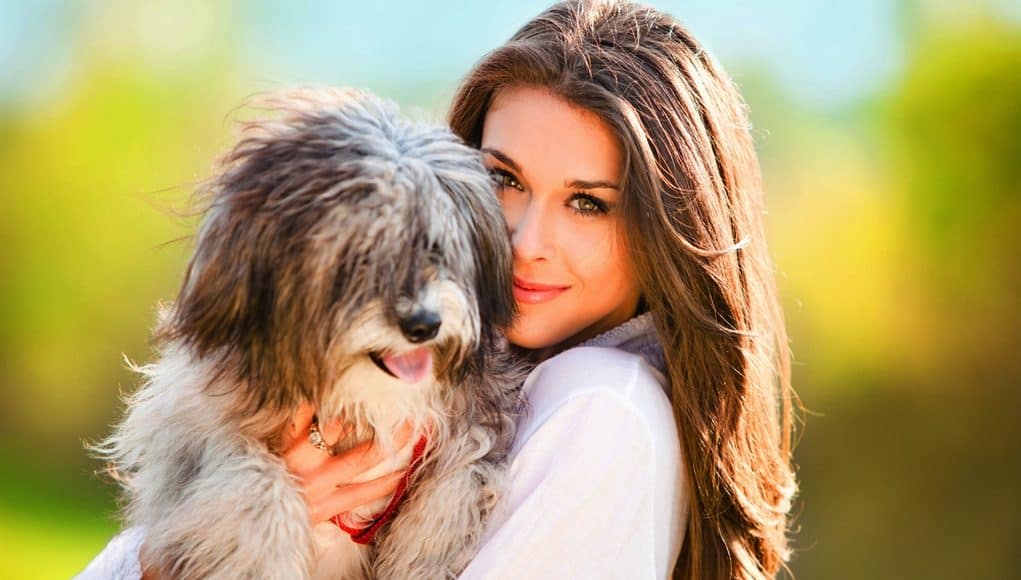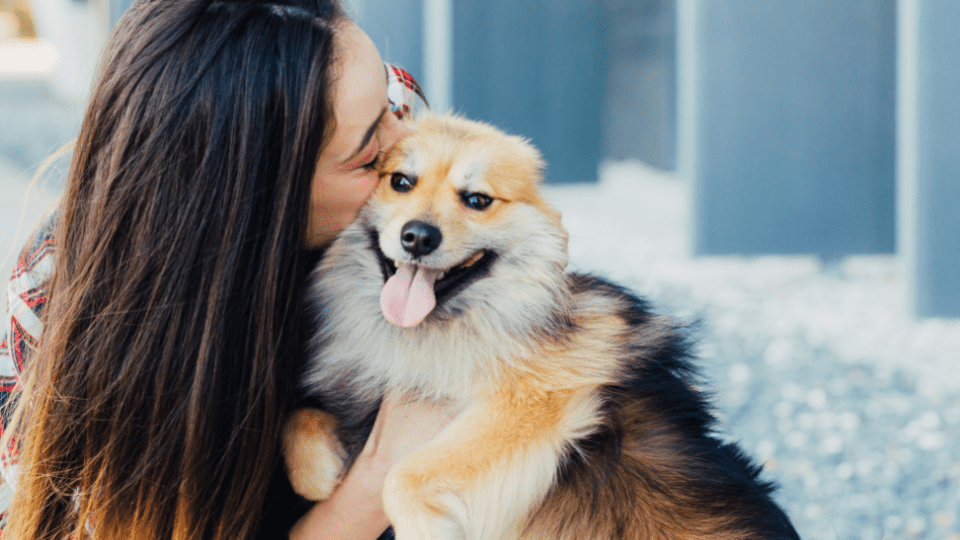
What is a companion dog? What is it for and what breed of dog will best cope with the role of a companion? The term “companion dog” appeared not so long ago – it came into use when a person stopped needing a dog only as an assistant: a watchman, a guard, a hunter. But the need for communication with a devoted four-legged friend remained with man. This need is especially strong for a city dweller who is deprived of close contact with nature. The “user” qualities of a dog are no longer so important (or even unnecessary) to a city dweller: the ability to pick up and chase game, furiously bark at strangers or engage in a fight with an intruder. A person is looking for a dog in the first place for a friend who can keep him company on a winter evening at home, on a walk in the park, on a summer beach.
What breeds of dogs are suitable as a companion? Choosing breeds of companion dog depends on personal preference. Some people like spaniels, others like Labradors, and some are crazy about bearded mittel schnauzers.
Among the best breeds of companion dogs are:
- – Labrador and Golden Retriever;
- – decorative spaniels (English Cocker Spaniel and American Cocker Spaniel);
- – poodles of all sizes (dwarf, small, medium, royal);
- – Pomeranian Spitz; – short-haired collie and long-haired collie;
- – welsh corgi pembroke;
- – miniature schnauzer and mittel schnauzer (do not forget that they need to be cut and trimmed);
- – Airedale (the same);
- – Scotch Terrier or Scottish Terrier;
- – small and medium-sized mongrels.
But all of these breeds have something in common – those qualities that make them convenient for trouble-free keeping in an urban environment. We believe that a companion dog is:
Small to medium sized dog
Owners of large dogs are likely to be outraged here. They say that the apartment can perfectly contain both a bullmastiff and an alabai. Physically, of course, such a dog will fit in any apartment, but whether she will be comfortable in such a limited space is another question. Perhaps, if the owner devotes at least half of the day to walking such a dog, she will be content with a small room, but we choose a companion dog, with the maintenance of which we will have a minimum of problems. And not a dog, whose needs you need to devote all your free time.
Dog with low maintenance coat
If you are a fan of long-haired dogs or dogs whose coat requires a lot of attention, get any breed. But if you want a dog that can be brushed well once a week, skip the Yorkshire Terrier, Sheltie, Afghan Hound, Shih Tzu, Pekingese and other long-haired breeds.
With irregular care, such wool quickly becomes dirty, tangled, knotted into tangles. Instead of coming home, immediately go out with the dog for a walk, yOu will spend hours bathing, drying, combing and cutting your pet.
Attention is also required for the coat of dogs that need trimming (plucking, removing dead hair) – schnauzers, airedale terriers, kerry blue terriers and some other breeds. True, this procedure needs to be done not so often, but regularly.
A dog that does not require a lot of physical activity and movement
The townspeople are busy people. Their pets usually sit by themselves in the apartment all day, waiting for their owners. If your dog does not need much exercise and long-term walking, it will be easier for him to adjust to your busy schedule. But if movement is vital to your dog, it can be a burden for you. Not finding a way out for its energy, such an animal can begin to misbehave in the house in your absence, and during walks it can become completely uncontrollable, run away, disobey commands. Think a hundred times before you take home as a companion a temperamental Belgian Shepherd, an eternal “race” greyhound or an energetic Doberman.
A dog that is not aggressive towards people and other animals
The task of the companion dog is to keep its owner pleasant company for a walk, and not create problems when meeting other dogs or people.
Dog breeds with an innate distrust of strangers, viciousness (for example, the Caucasian Shepherd Dog or Cane Corso) and aggression towards relatives (for example, the Pit Bull Terrier) require the most serious attitude to their upbringing.
If you can cope with the upbringing and training of a good-natured and docile poodle on your own, then you will have to work with such breeds on the training ground. Otherwise, every time you leave the house there will be a little (or more) stress for you. This isn’t exactly what you’re looking for in a companion dog, is it?
A dog that any member of your family can handle
If you have small children or elderly people in your household, it is important to choose a dog with which you can easily leave both the child and the elderly mother.
First, in this way you will greatly facilitate your life. After all, you do not need to rush headlong from work, because a younger student is also capable of walking, for example, a pug. What can not be said, for example, about the East European Shepherd.
And secondly, you do not need to make special efforts to teach your dog to respectfully treat those members of your “pack” who are obviously weaker than the rest. For example, a dog breed like the Rottweiler tends to dominate. And such it requires a special attitude to education, as well as appropriate training. If you are just looking for a family friend, take a dog whose presence will not cause you fears for the comfort and safety of your family and those around you.
A dog with no major health problems
By “hassle-free” we mean a dog that does not require frequent visits to the veterinarian. Ahealthy dog needs only regular preventive deworming, annual vaccinations and constant treatment for fleas and ticks.
A companion dog should effortlessly accompany you in various situations, be it a skiing outing in the winter forest or a summer hike in the mountains. If the dog has to constantly pump out, heal his ears, drip his eyes, bandage his paws, inject painkillers, heart or other drugs, such walks are unlikely to be a joy for you.




